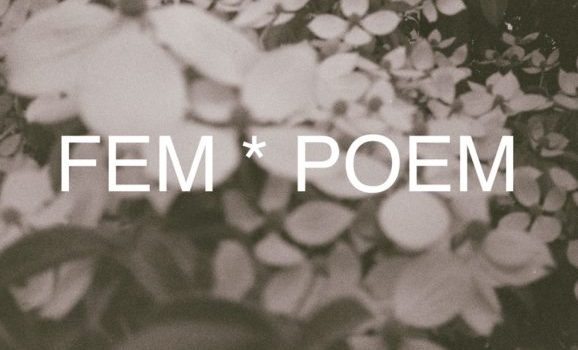Butoh, Film, Archives, Memories
In this episode, Stephen Barber, writer and cultural researcher, shares his profound experiences with Butoh and the Japanese experimental art scene. The dialogue between Romina Achatz and Stephen Barber weaves between history, memory, and artistic practice, offering rare insights into archival discoveries, the contemporary preservation of Butoh, and its living legacy today. An expert on […]
In this episode, Stephen Barber, writer and cultural researcher, shares his profound experiences with Butoh and the Japanese experimental art scene.
The dialogue between Romina Achatz and Stephen Barber weaves between history, memory, and artistic practice, offering rare insights into archival discoveries, the contemporary preservation of Butoh, and its living legacy today.
An expert on Antonin Artaud, Stephen explores Artaud’s and Genet’s influence on the Japanese avant-garde and Butoh in the 1950s and 1960s and 80s. He reflects on the legendary Asbestos-kan studio, a meeting point for artists and writers including Yukio Mishima, and discusses Hijikata’s collaborations with filmmakers such as Donald Richie and Eikoh Hosoe, as well as dancers Yoshito and Kazuo Ohno. Iconic works like the photobook Kamaitachi and the film Naval and A-Bomb, (Heso to genbaku), a short film directed by Eikoh Hosoe and Tatsumi Hijikat are explored, alongside insights into Hijikata’s involvement in erotic and horror films and his experimental approach to performance.
The show also weaves in personal stories and encounters, including Stephen’s experience with Akiko Motofuji, who asked him to sit in utter darkness through the night to await an encounter with the spirit of Hijikata. Romina and Stephen reflect on their personal sensory experiences in Tokyo, late-night walks through the city, and encounters with the avant-garde performance scene. They also discuss Hijikata’s cinematic involvement, his performance at the Osaka Expo, and the philosophical resonance of Antonin Artaud within Butoh, revealing the rich texture of Japan’s cultural world.
Romina briefly shares how her early exploration of Japan through her Super 8 and Leica cameras shaped her perception of the landscape and cultivated an observational “eye” that later became a bridge to film dancers such as Murobushi and others. She also recounts filming at the harbour in Le Havre, France, and discusses her ongoing research and her upcoming book.
FEMPOEM is a radio space for literature, art, and politics — and in this nearly three-hour conversation, which was cut down to almost 1,5 h, the dialogue itself becomes a living archive: a testimony to the power of art, memory, imagination and even the ghostly presence of the past.
It offers insights into archival discoveries, the contemporary preservation of Butoh, and its ongoing influence today.
Zuletzt geändert am 10.11.25, 09:21 Uhr

Kommentare werden von der Redaktion moderiert. Es kann daher etwas dauern, bis dein Kommentar hier erscheint. Wir behalten uns vor, diskriminierende oder diffamierende Kommentare, sowie solche, die straf- oder zivilrechtliche Normen verletzen, zu entfernen.